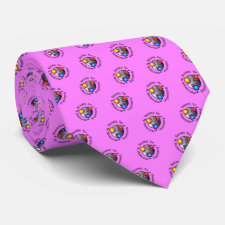
Authors: Hu ZH, Wang YF, Omer AM, Ouyang XK
Article Title: Fabrication of ofloxacin imprinted polymer on the surface of magnetic carboxylated cellulose nanocrystals for highly selective adsorption of fluoroquinolones from water.
Publication date: 2018
Journal: International Journal of Biological Macromolecules
Volume: 107
Issue: (Part A)
Page numbers: 453-462.
DOI: 10.1016/j.ijbiomac.2017.09.009
Alternative URL: https://www.researchgate.net/publication/319609183_Fabrication_of_ofloxacin_imprinted_polymer_on_the_surface_of_magnetic_carboxylated_cellulose_nanocrystals_for_highly_selective_adsorption_of_fluoroquinolones_from_water
Abstract: A novel adsorbent with high selectivity for fluoroquinolone (FQ) compounds was developed, based on the surface functionalization of magnetic carboxylated cellulose nanocrystals (M-CCNs) with molecularly imprinted polymer (MIP) comprising amine moieties. The imprinting was achieved by a radical polymerization technique, which uses glycidyl methacrylate, tetraethylenepentamine, ofloxacin, ethylene glycol dimethacrylate, and azobisisobutyronitrile as the functional monomer, active groups provider, template molecule, crosslinking agent, and initiator, respectively. The developed material (M-CCNs@MIP) was comprehensively characterized and shown to exhibit high adsorption capacity and selectivity with rapid equilibration time. Moreover, the adsorption isotherms could be well-fitted with the Freundlich model, and the adsorption kinetics followed the pseudo-second-order model. The maximum adsorption capacities for M-CCNs@MIP after 2 and 20min were 34.09 and 40.65 mg g-1, respectively, compared to 9.98 and 15.28 mg g-1 observed for the unimprinted polymer (M-CCNs@NIP). By coupling the M-CCNs@MIP adsorbent with high-performance liquid chromatography, an approach was established to enhance the selective adsorption of seven structurally similar FQ compounds in river water samples. The recoveries of the seven FQs ranged from 81.2 to 93.7%, and the limits of detection were between 5.4 and 12.0 ng mL-1. The M-CCNs@MIP adsorbent also retained good performance after seven consecutive cycles of reuse
Template and target information: ofloxacin, fluoroquinolone, FQ
Author keywords: Magnetic carboxylated cellulose nanocrystals, Fluoroquinolones, Molecularly imprinted polymers, selective adsorption, Regeneration



Join the Society for Molecular Imprinting

New items RSS feed
Sign-up for e-mail updates:
Choose between receiving an occasional newsletter or more frequent e-mail alerts.
Click here to go to the sign-up page.
Is your name elemental or peptidic? Enter your name and find out by clicking either of the buttons below!
Other products you may like:
 MIPdatabase
MIPdatabase









